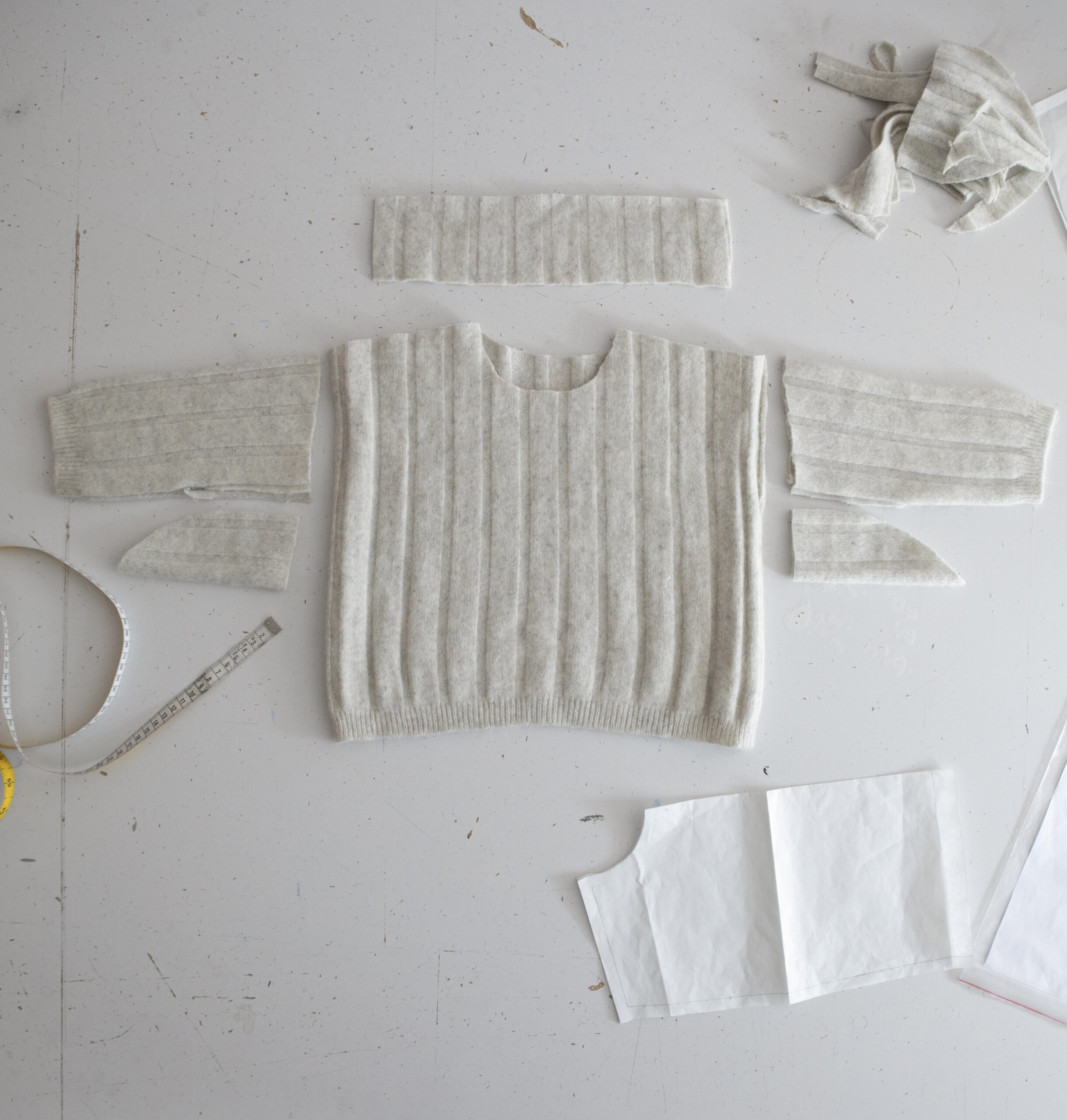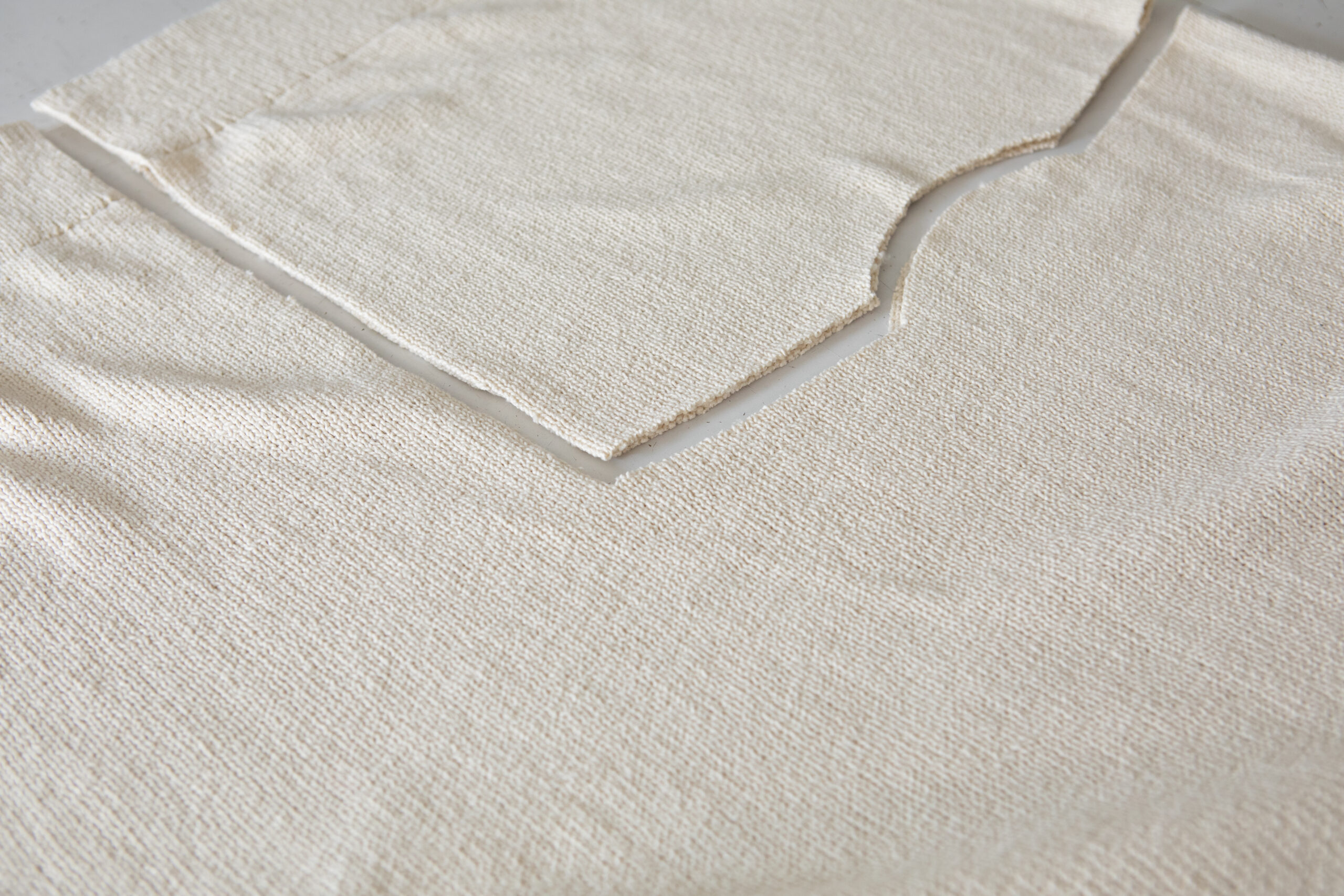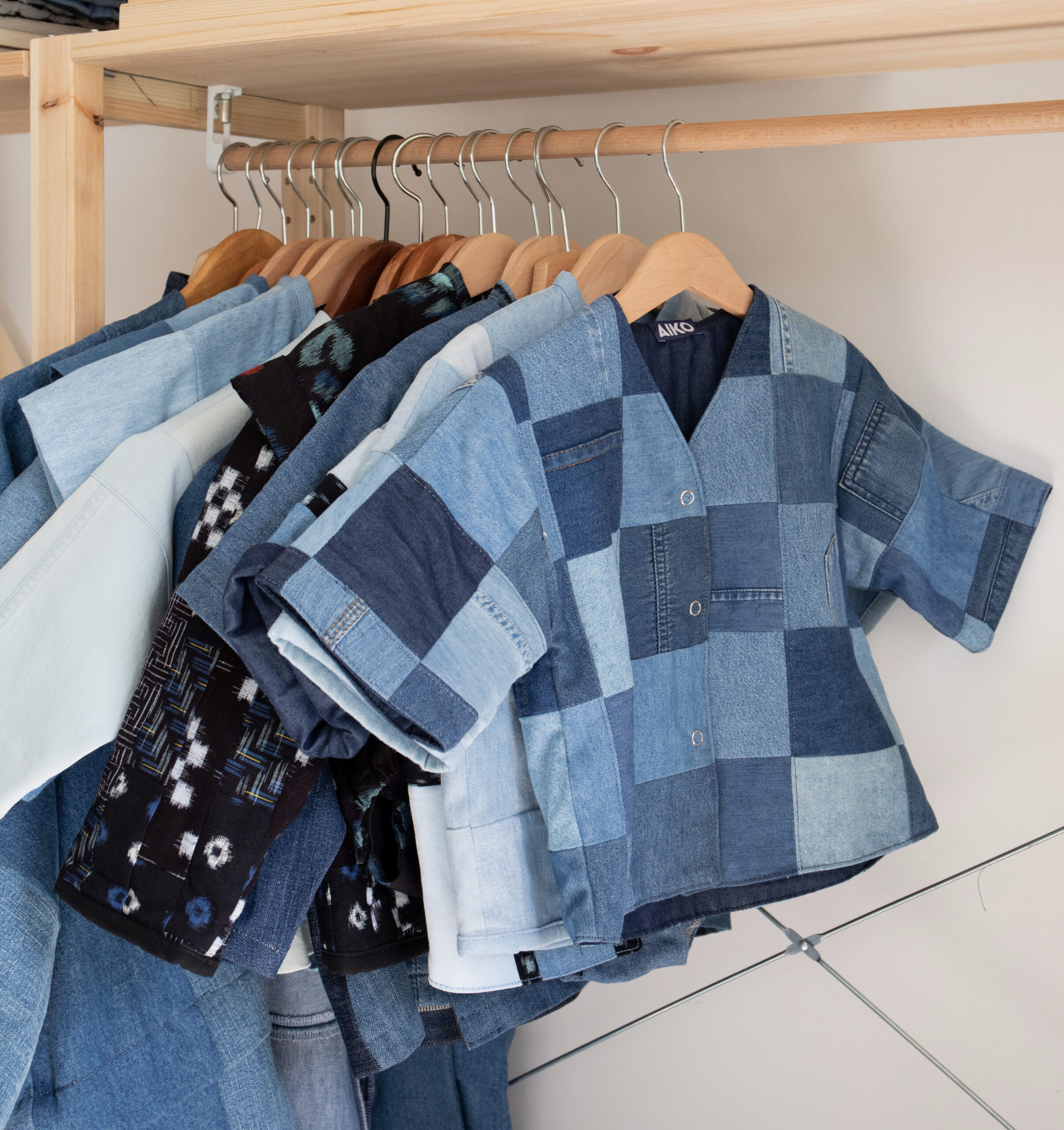This website uses cookies
We use cookies to personalise content and ads, to provide social media features and to analyse our traffic. Read More

We sew pieces of time
for people we love.
AIKO
It was the Spring of 2018. And the first time Gioia Seghers discovered Japan. She felt as though she were floating on a cloud, pregnant, jet-lagged, marveled by so much refinement, by the intense beauty of the surrounding nature and architecture. Everything changed after that trip: there is a before, and an after Japan when it comes to her work as a designer.
Having previously trained at La Cambre Fashion School in Brussels, she decided at that moment to focus on a children’s collection, taking as its starting point the kimono, whose seams she unravels by hand. From the precious deconstructed fabric, she creates unique jackets for children and babies. She names her brand Aiko. In Japanese, this means “child of love”. And it sounds like a defining statement.
MATISSE & MILO
The planets were aligned: after the trip to Japan came the birth of Matisse in June 2018. The arrival of a first child was a catalyst for creative impulse. Gioia Seghers pours all of her talent into dressing her little one. She reinvents a wardrobe which will allow him to grow with a respect for fine materials, for craft, for heritage, and for our planet.
In 2020, the family welcomes a newcomer: Milo. Gioia enriches her collection. She creates patchworks out of noble materials, kimonos, denim, cashmere sweaters, all to which she infuses a second life full of poetry. For babies, children, and adults.
HERITAGE
Her nonna crocheted and knitted with a natural elegance. From her, Gioia learnt precision, patience, the beauty of gesture. She knows the value of her heritage – and she wants to share it.
She tells her two sons stories about their clothes: the delicacy of a detail, the harmony of colours, the softness of coton, of denim, of a weathered cashmere. She applies the same storytelling to Aiko, as a way to convey, to pass on. The significance is more than just symbolic.
PATCHWORK
Aiko embraces a zero waste and circular approach to clothing. Not a single inch of Gioia Seghers’ material goes to waste. She patiently unfurls the seams of the yukata and kimonos she sources in Japan, and especially the Kasuri, which she values for the exquisiteness of their weave. She carefully deconstructs vintage jeans, meticulously resizes sweaters made of cashmere and pure wool.
Like a mosaic or a thoughtfully designed patchwork, she recomposes these garments into bodysuits, jackets, trousers and baby rompers. Pieces that are necessarily unique and singular.



